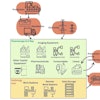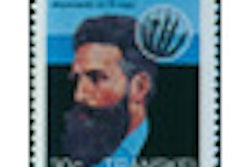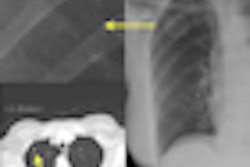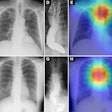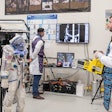The U.S. government has finalized new rules that allow images from digital radiography (DR) systems to be used for claims filed under its program for screening coal miners for black lung disease.
Starting in 1969, U.S. law has required that underground coal miners be screened for black lung disease (pneumoconiosis) with film-based radiography. The technical parameters of the program were set by the U.S. Department of Labor, but they hadn't been updated since 1980, despite the rising use of DR.
That began to change in September 2012, when specifications for the program were updated by the National Institute for Occupational Safety and Health (NIOSH) of the U.S. Department of Health and Human Services (HHS). NIOSH sets standards for the surveillance part of the program, which screens miners for signs of pneumoconiosis under its Coal Workers' Health Surveillance Program. The program requires that underground coal mine operators offer new workers chest x-rays shortly after hiring and then after three years of employment, with additional x-rays at periodic intervals afterward.
Now, the Department of Labor's Office of Workers' Compensation Programs (OWCP) has followed suit in its program under which miners with suspected or confirmed pneumoconiosis can file claims for compensation under the black lung program. In a direct final rule published in the Federal Register on June 13, the OWCP issued new rules that update the guidelines, finally allowing digital x-ray to be used for claims in addition to screening.
The new rules state that individuals submitting claims have the option of turning in x-rays produced either by film-based or by digital x-ray systems. However, the new rules ban the use of x-rays that have been converted from film to digital, and vice versa, as these approaches do not ensure similar performance standards to film, according to the Federal Register notice.
Other provisions of the new rules include the replacement of the term "roentgenogram" with the term "radiograph," along with other terminology changes. The rules also include a protocol for submitting digital x-rays on DVDs or other media that meets specifications; data compression is not allowed unless it is lossless.
"The department intends that interpretations of film and digital x-rays -- so long as they are made and interpreted in accordance with the applicable quality standards -- will be put on equal footing both for admission into evidence and for the weight accorded them," the Federal Register notices states.
The rules will take effect without further action on September 11, unless the OWCP receives "significant adverse comment" by August 12. The full text of the new rules can be reached by clicking here.



